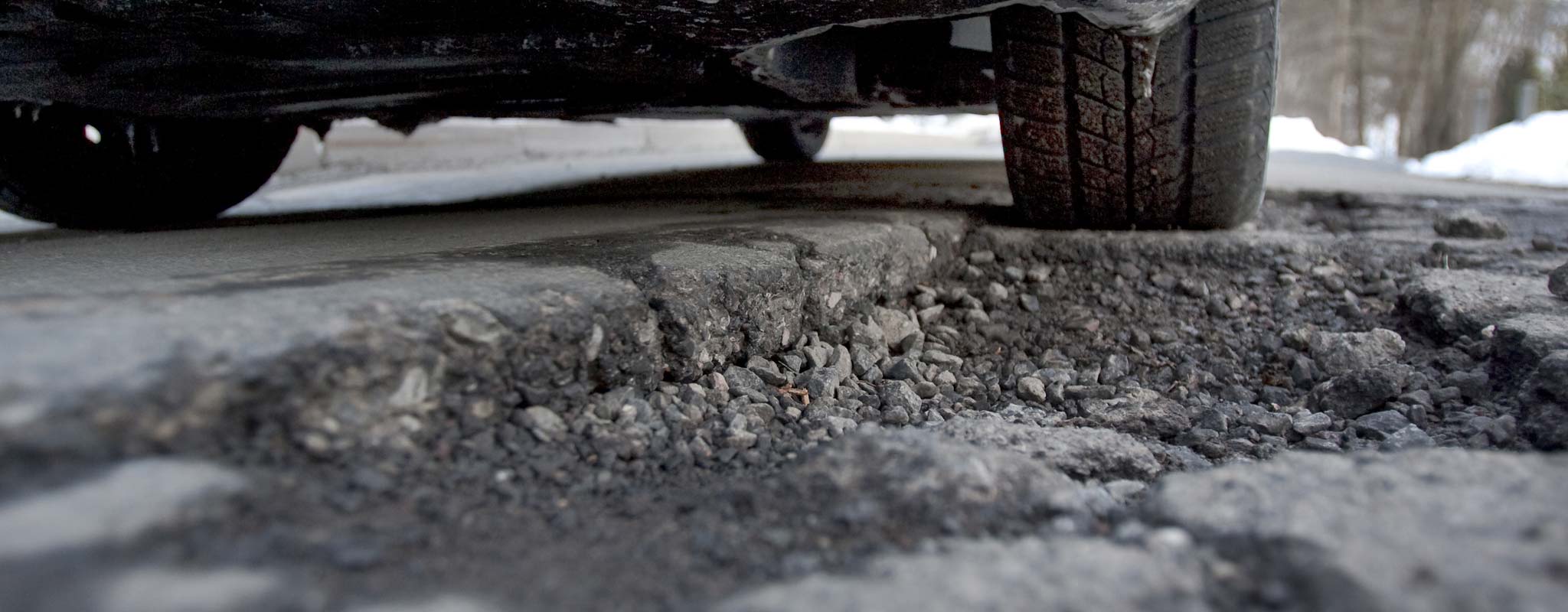
The majority of the roads we commute on each and every day will often leave us playing a game of ‘dodging the pothole’.
The problem has been made worse by bad spells of cold and wet weather and it’s a problem that’s not always fixed as often or as quickly as we would like due to local councils being affected by spending cuts from the Government and simply not having enough cash to fix road damage as and when it happens.
It leaves many of us driving over potholes hidden by flood water but many of us don’t stop to check our tyres if we clonk into one.
If you hit a pothole it is important that you stop and assess any damage as quickly as you can.
Hitting a pothole at any speed can cause damage leading to tyre damage, wheel cracks, suspension damage having your wheel alignment out.
Make sure you check your tyres for cracks, lumps or bulges. When you hit a pothole the stress caused by the impact could result in tyre sidewall damage which shows itself as a bulge on the wall of the tyre. If you do spot this then it is important to get the tyre seen to as soon as possible as the damage could result in tyre failure and a blow-out while driving.
Each wheel should be inspected for signs of splits or dents in the rim. Additionally, if the steering wheel doesn’t ‘centre’ properly and there are ‘vibrations’ when you turn the steering wheel or go over bumps, it is important to get the car checked over as you could have a broken spring or shock absorber. If the steering seems to pull to one side and there is increased vibration coming through the steering wheel, the tracking may have been knocked. It is important to get this re-set as ignoring it can lead to severe tyre wear and higher fuel consumption. Additionally, your exhaust system will sound strange if it has been damaged.
We have seen a steep rise over the last couple of years in the amount of vehicles that have been presented to us with defects or damage that has been either directly or indirectly caused by pot holes. Sometimes this damage can be very minor, maybe only a superficial scuff on a tyre side wall, but more often than not the damage can prove to be much more serious and even dangerous for the driver and his/hers occupants or other road users.
